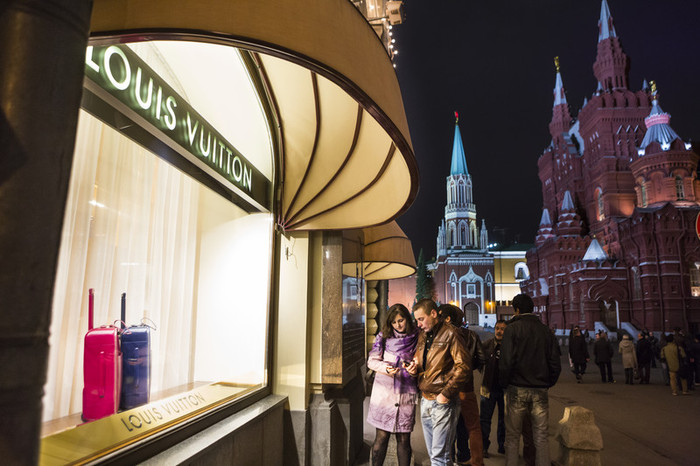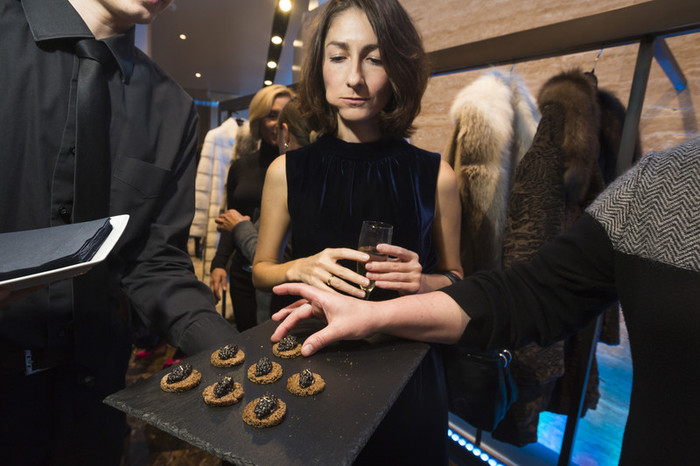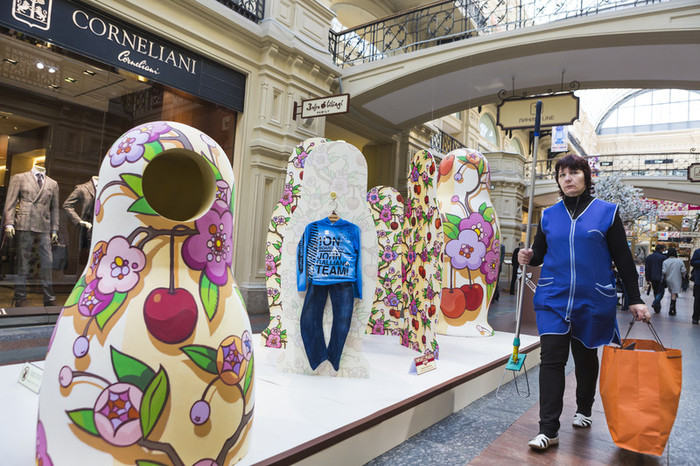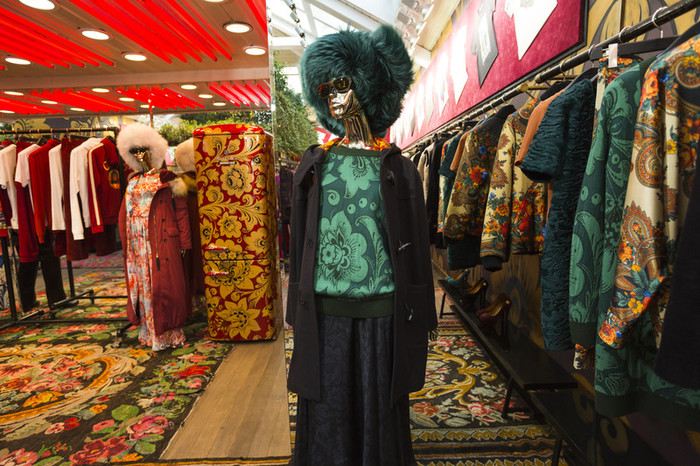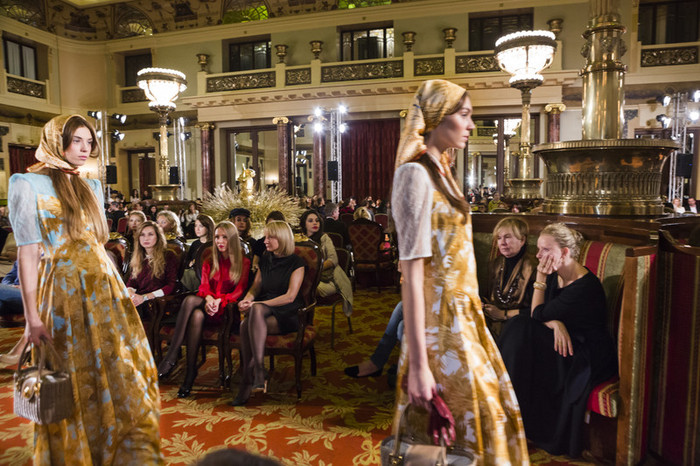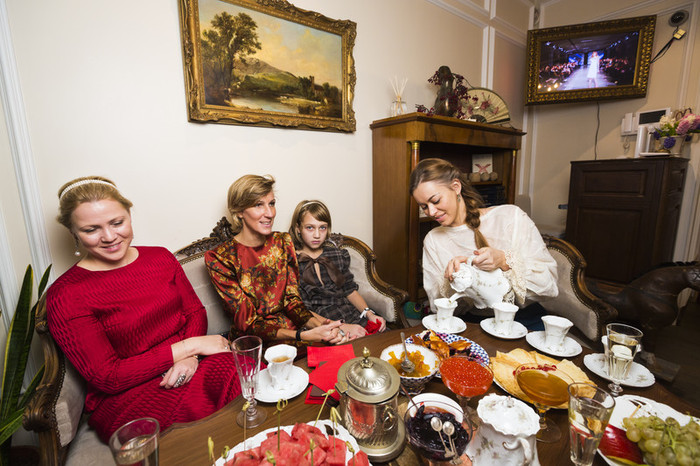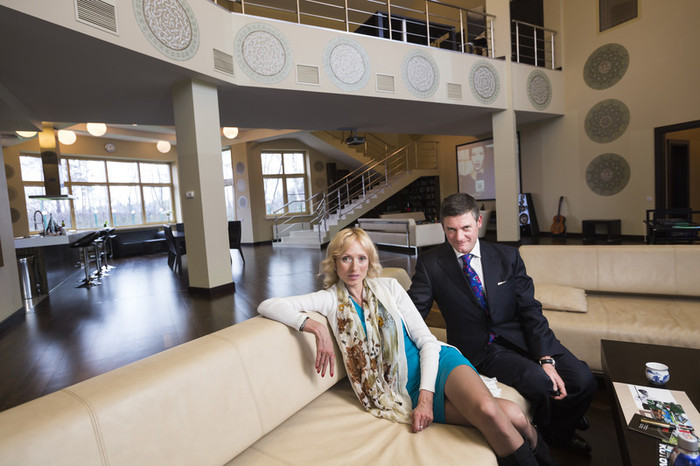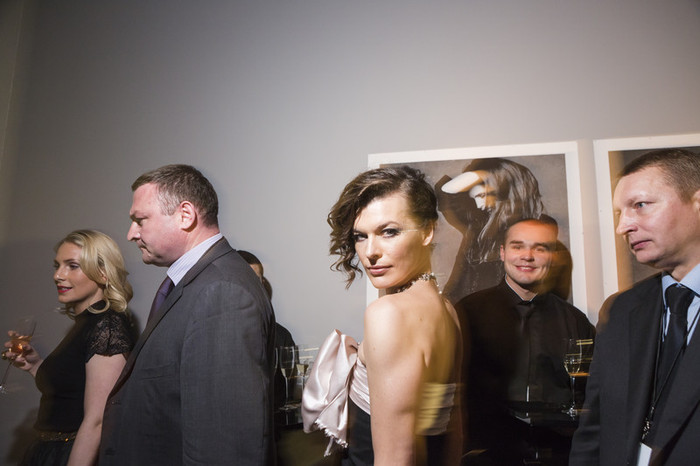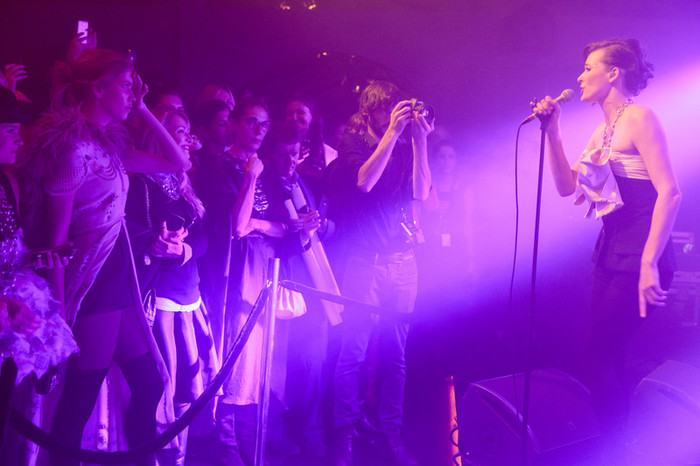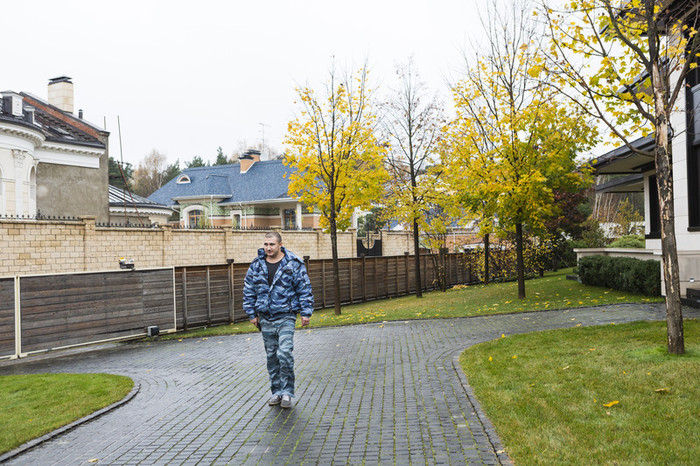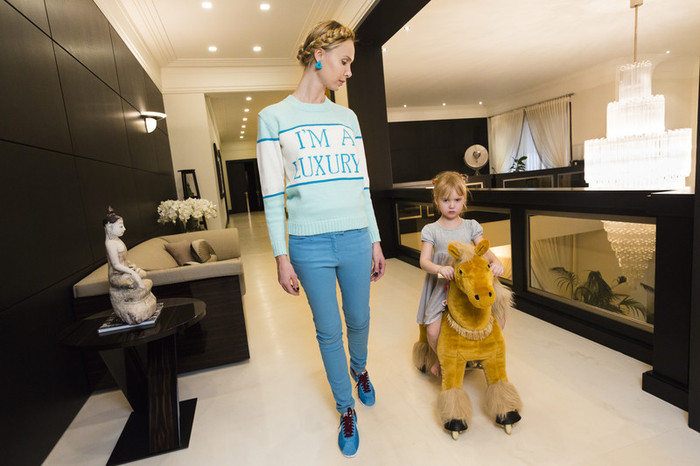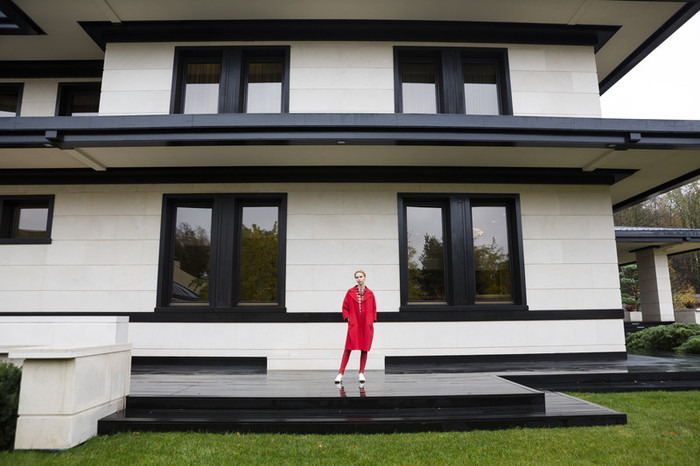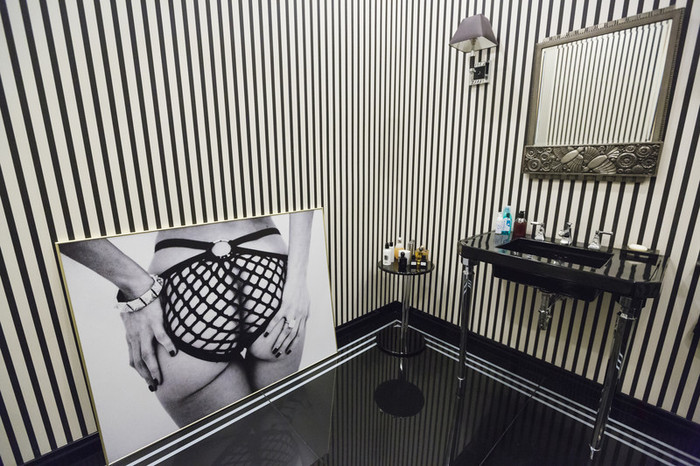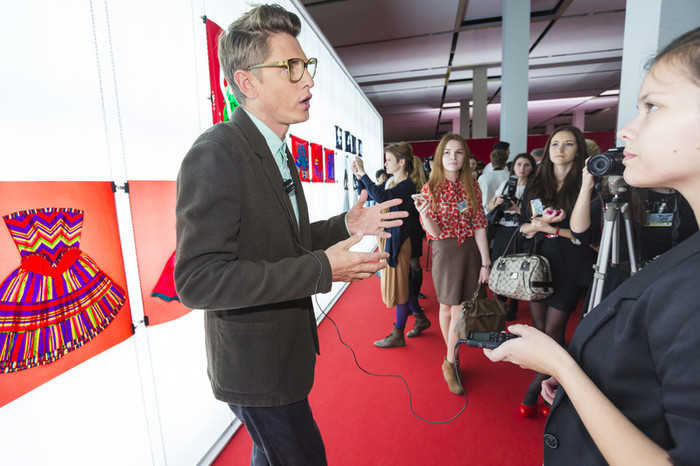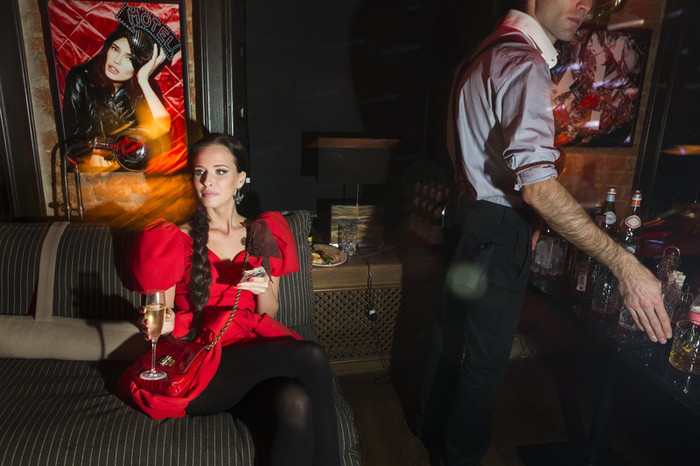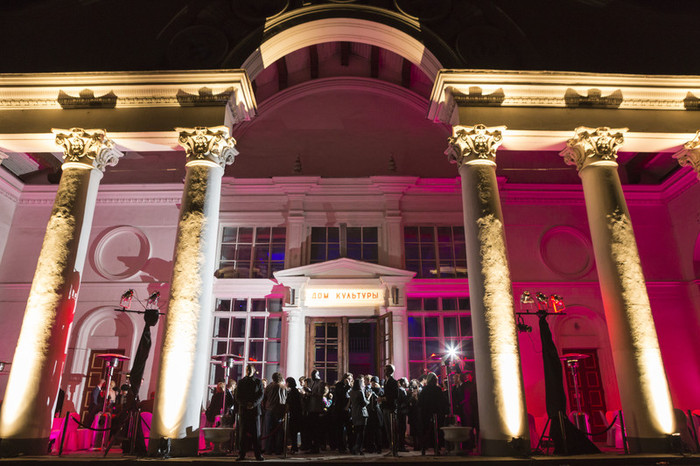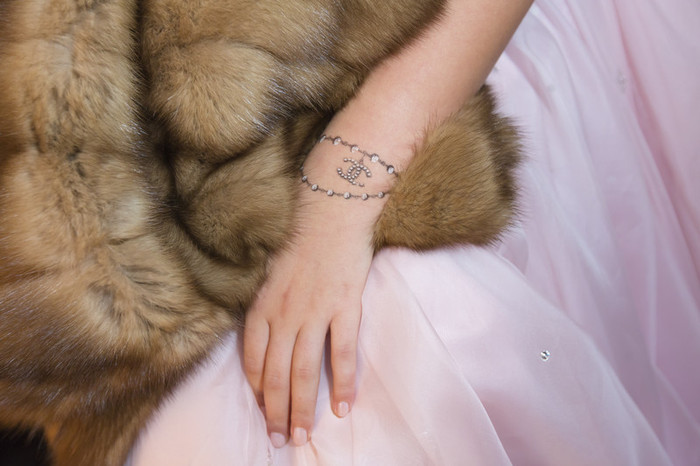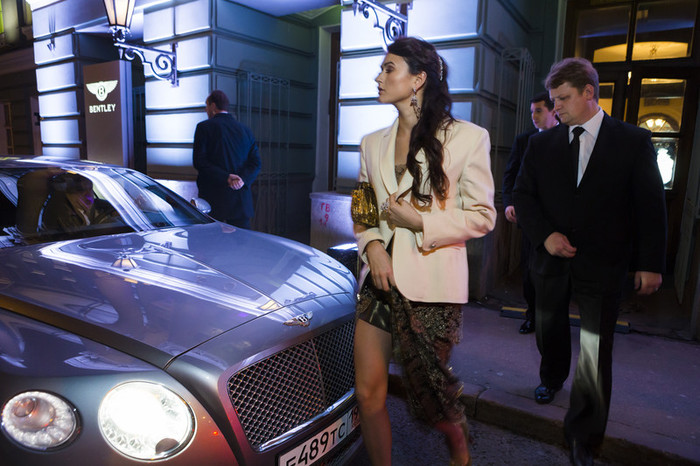Moscow High Society
© Lauren GreenfieldAs Western capitalism entrenches and matures within a new generation of Moscow wealth, the economic divide grows, and the elite define themselves by gilding their modern miens with the traditions of a bygone aristocracy and an aspiration to history and class, whether purchased, adopted, or inherited.
Before the collapse of the Soviet Union in 1991, Russian wealth was synonymous with corruption, crime, and a vulgar seize of outrageous for- tunes. Today, Moscow’s newly-cultivated high society demands legitimacy, respect, and cultural recognition. Appropriating the tropes of earlier aristocracies, they even fabricate the illusion of an established history. Despite the very visible high society, Moscow is surrounded by poverty. A small strata of society is amassing fantastic fortunes, while the poor are getting poorer.
One art dealer compared Russia’s new elite to America’s age of robber barons: “In [the era] of Rockefeller, there was a saying ... ‘I can account for every cent apart from the first million. It’s the same here in Russia.” No questions asked. Moscow’s high society is an elite group of several thousand, mingling at parties, fashion shows, art openings. Most live in Rublevka, considered the Beverly Hills of Moscow. In Paris and else- where, wealthy young women like Ulyana Sergeenko, the fashion designer wife of an insurance billionaire, are taking haute couture shows by storm, becoming an increasingly visible strata of the new elite.
Luxury fashion designers incorporate 19th century Russian motifs (eg. wheat, wooden accessories, cornflower blue silks), while children of the wealthy join riding clubs with the veneer of British aristocracy. A real estate developer deals in expensive homes, furnished with libraries and art collections. The ambitious group flaunts their wealth at debutante balls held in the historic House of the Unions, an 18th century noble es- tate that Tolstoy described ‘War and Peace,’ and Russian poet Pushkin frequented. In contrast to the 19th century tradition on which it is based, the debutantes are daughters of oligarchs and government officials, rather than aristocrats, and the affair is sponsored by Bentley and Chanel.
According to National Geographic, since 1991, Russia’s richest have more than doubled their wealth. The country is ranked 16th worldwide in total millionaires, and third in the number of billionaires. Yet the influence of Western capitalism hasn’t reached every class. In Terekhovo, a village in Moscow, there is no water supply, heating, or sewage treatment. The provincial village is a vestige of Russia’s 19th century peasant society, and, given its proximity to Moscow’s surging wealth, a place where carriages and camels pass, a reminder of the growing economic disparities.
Contact Matt Shonfeld for more information about this story (matt@instituteartist.com)
